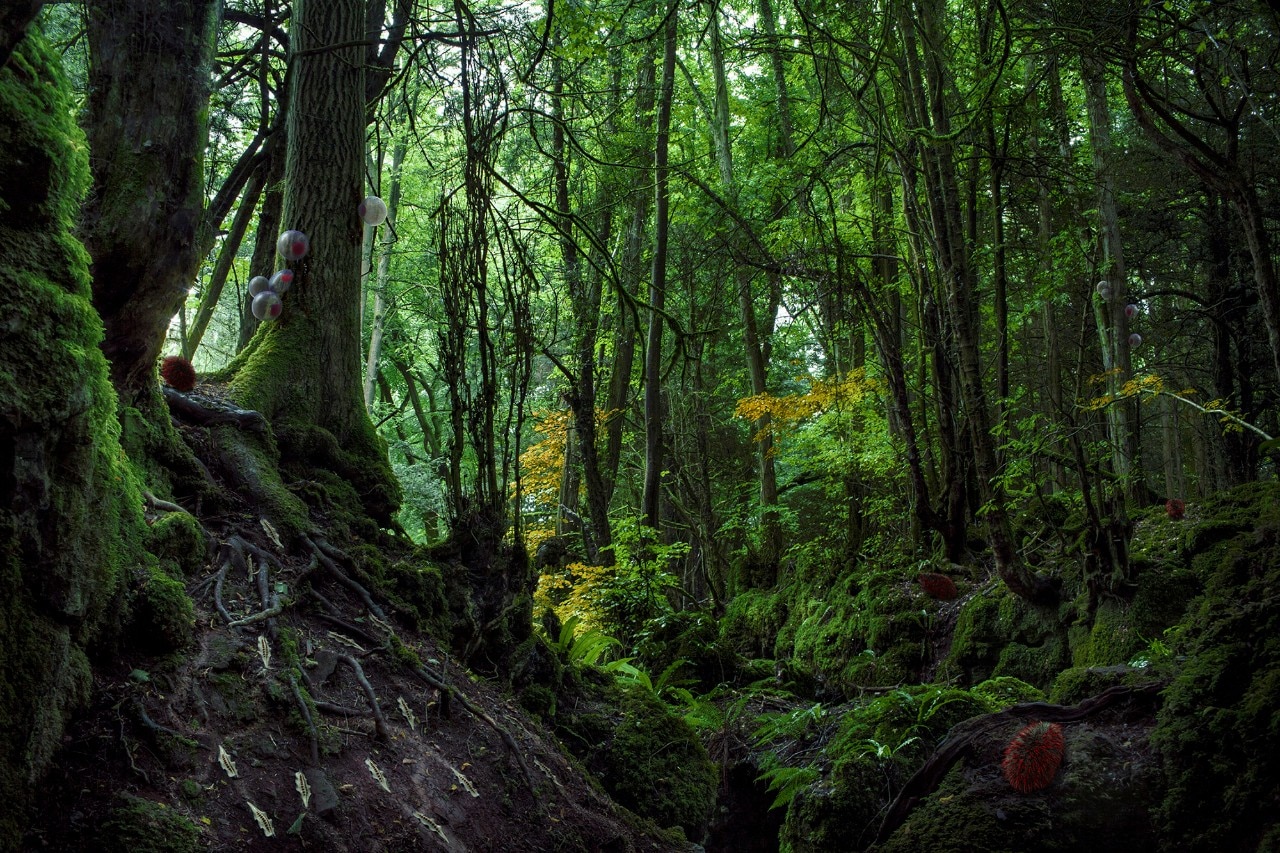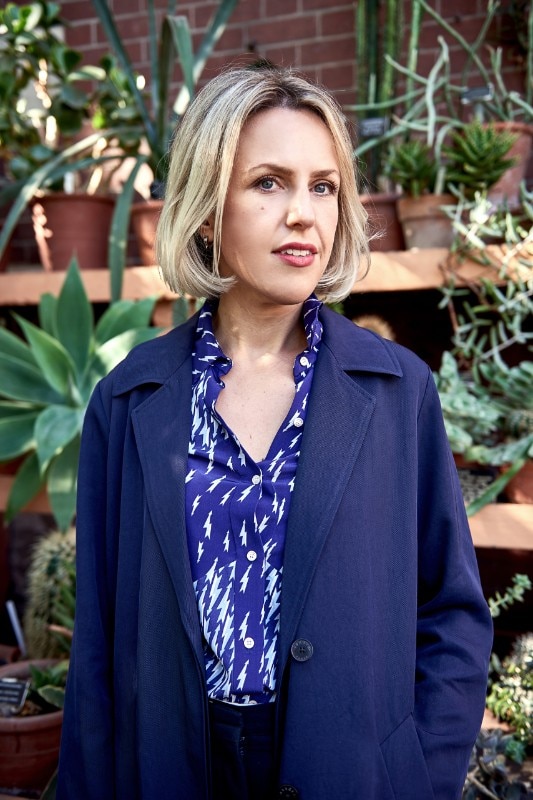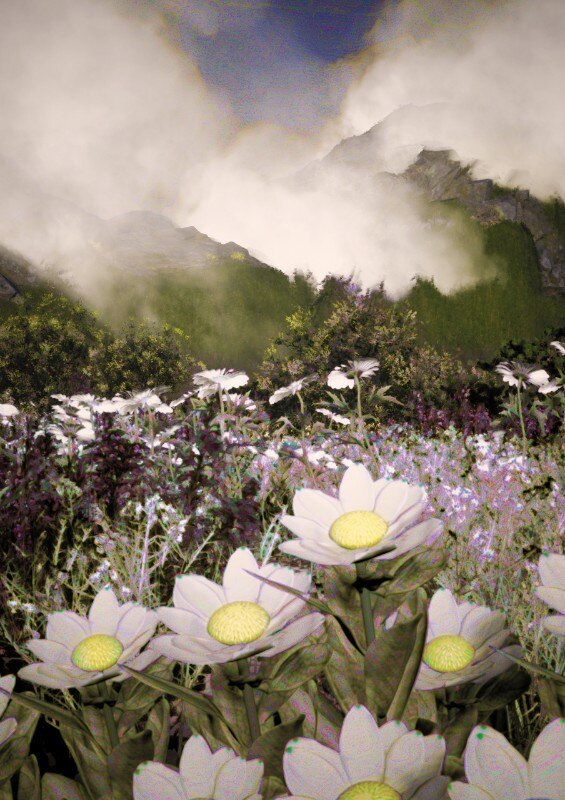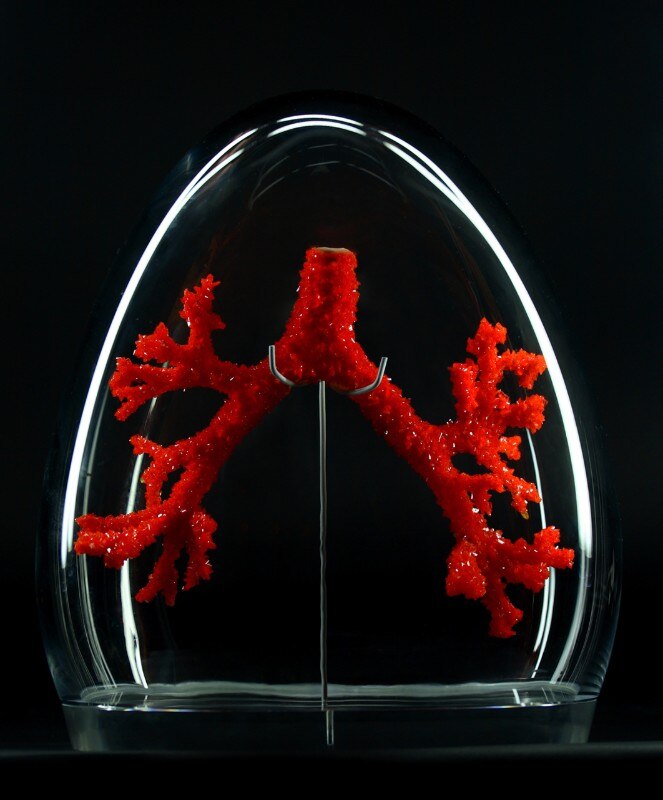On show until November 24th, 2019 - at the Vitra Design Museum Gallery - the exhibition Better Nature is the first retrospective about the work of British designer and artist Alexandra Daisy Ginsberg and examines how synthetic biology is responding to human’s self-given mission to make the world a “better” place.

Introduced to synthetic biology in 2008 when she was still a student at the Royal College of Arts, in London, Alexandra Daisy Ginsberg was seduced by this new discipline. “I was curious: if engineers were now ‘designing’, I wanted to know how you might ‘design’ nature, how good design would be defined, and who would define it – and what would designers do in this future”, she explains. Over the past ten years, Ginsberg learnt about the political, ethical, economic and technological issues linked to synthetic biology, collaborated with biologists, gave lectures and, in 2014, even authored a book entitled “Synthetic Aesthetics” (The MIT Press). While some of her projects had already been featured in major international exhibitions - such as the Centre Pompidou in Paris (La Fabrique du Vivant, 2019), the Triennale of Milan (Broken Nature: Design Takes on Human Survival, 2019) or the Cooper Hewitt of New York (Nature—Cooper Hewitt Design Triennial, 2019) -, no museum had yet presented a wider overview of her work.
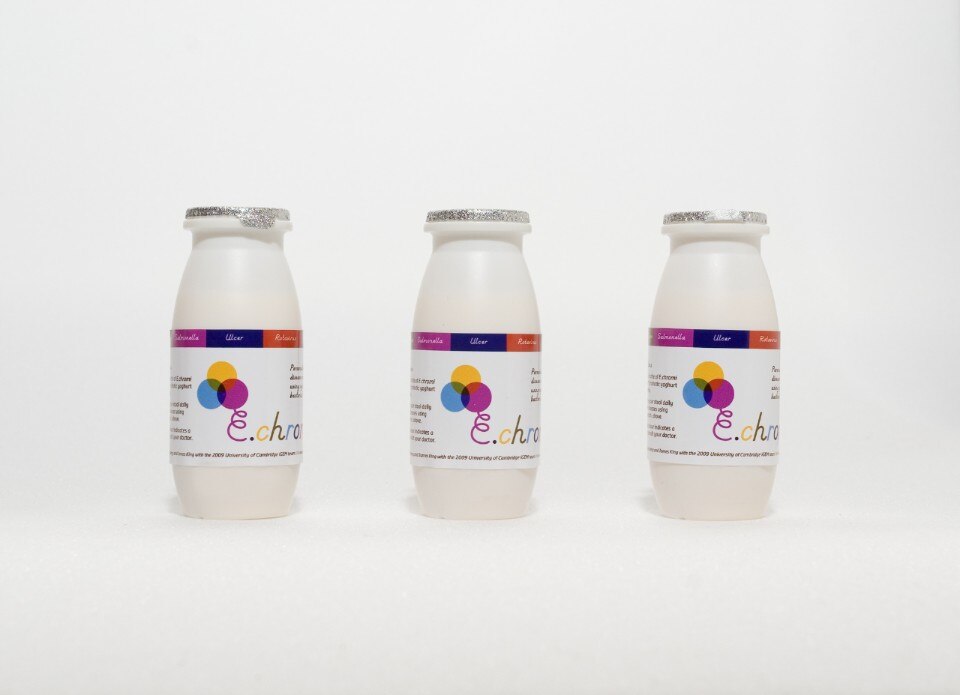
“The Vitra Design Museum Gallery is a space where we often give a platform to up-and-coming to mid-career artists,” explains Viviane Stappmanns, the Vitra Design Museum’s curator who conceived the exhibition. “Each of these artists is interesting for us because they are addressing issues that we feel are urgent; the question of design and biology is one of them. After almost a century in which design was to a large extent concerned with the possibilities of traditional materials, economics, form and beauty, [in the past years] digitalisation has shifted the design discourse from physical objects to technology, processes and interactions. Now, we get a sense that a new shift is underway, one that is more concerned with nature: many designers focus on creating more sustainable materials with the help of biotechnology or investigate the possibilities that design might afford to help us rectify or reconsider some of the damage we have done”.
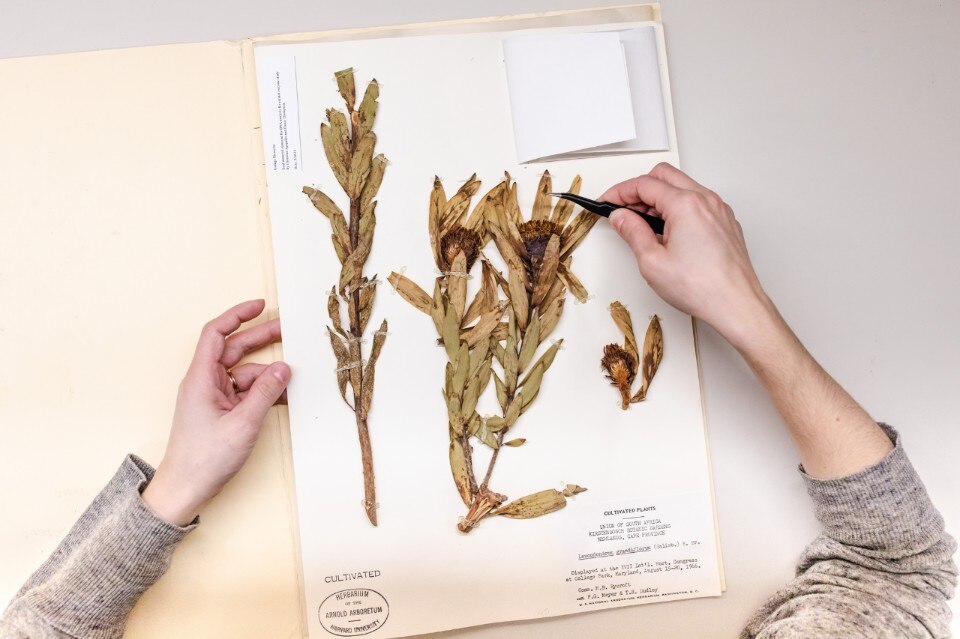
“Since the outset, I have been interested in the artificial distinction humans make between the natural and unnatural, and the taxonomies we create and place onto the world around us to make sense of it”, emphasises Ginsberg. Based on the research she developed in the frame of her PhD - in which she questioned the notion of “better” - the exhibition at the Vitra Design Museum features “four projects made between 2009 and 2015 that focus on synthetic biologists’ dreams of bettering humans and nature around us,” explains the artist. “Western civilisation”, she continues, “appears to have an obsession with making the world’ better.’ Since the Enlightenment, this was tied to advancing human knowledge as a way to progress ourselves and, in the process, further emancipate ourselves from the natural world. ‘Better’ in nature, if it exists, really means survival. It is different to human ideas of better, which are infused with values and pre-emptive choices”.
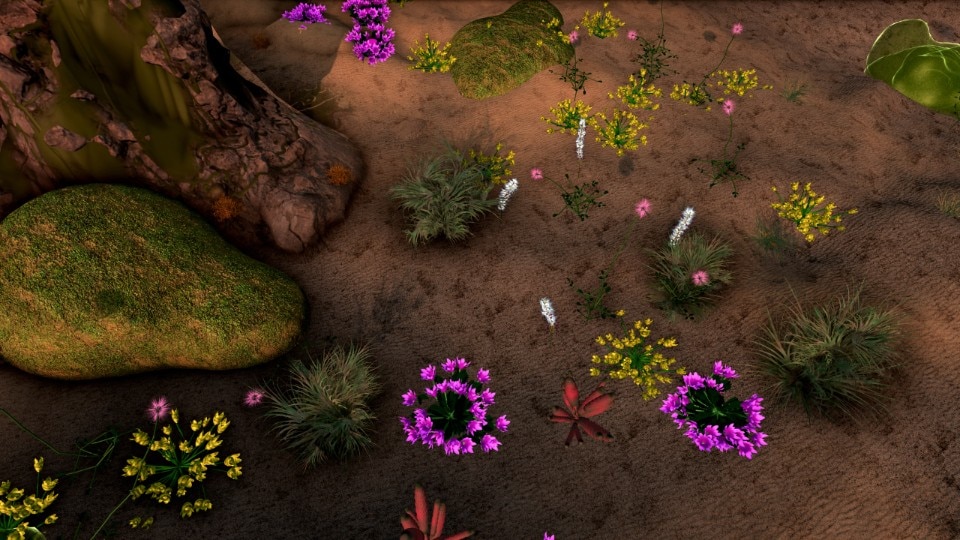
Set in a scenography that draws from the elements that characterise natural history museums, the exhibition also features Ginsberg’s latest project, The Wilding of Mars, which marks a shift in her ork and “look more broadly at our relationship with nature and technology: thinking about what is better for nature and examining the choices we make”. Shown for the first time, The Wilding of Mars expresses “a radically different way of asking what is better. [...] as some humans dream of colonising Mars, the rhetoric often used is that it could be a back-up planet, a place for us to escape to, where humans will become better, emancipated from Earth,” the artist affirms. “To expose this argument, we have built a simulation of colonising Mars. However, we are seeding the planet only with vegetation, creating a wilderness that excludes humans. As a million years flash by in an hour, visitors can watch colonisation happening, but creating a different, rather than better nature”. And because “better” is all about subjectivity, two simulations are running in parallel and suggest that “any outcome is not a given”.


